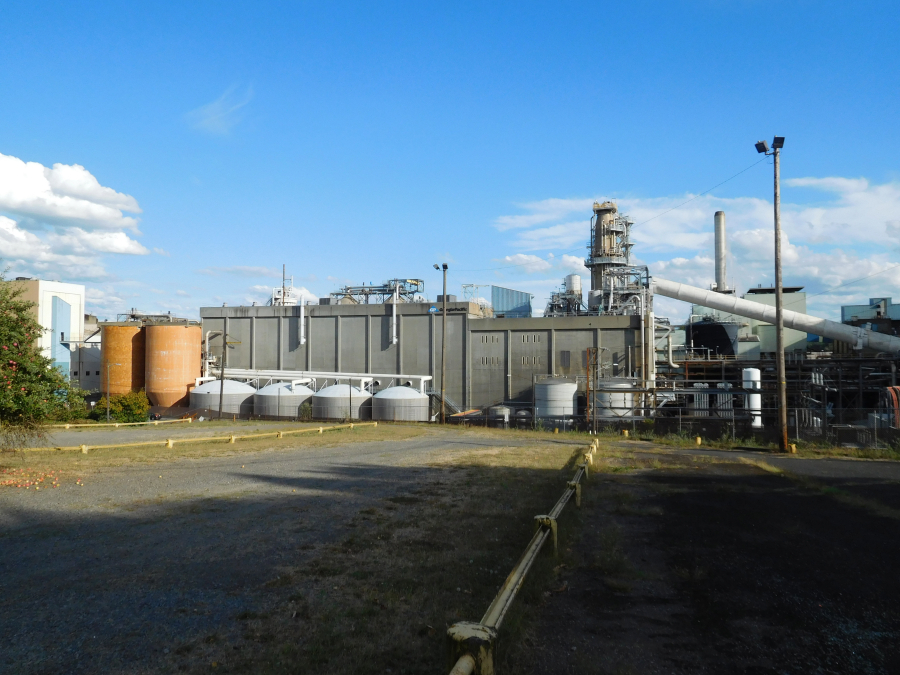Nine months after the beginning of a staggered layoff affecting nearly 250 employees at the Georgia-Pacific paper mill in Camas, laid-off workers have received some good news — the United States Department of Labor (DOL) Office of Trade Adjustment Assistance (TAA) has certified the entire mill site, meaning displaced workers are now eligible to receive federal assistance for retraining and get extended unemployment and health insurance benefits.
The TAA benefits are meant to support workers displaced due to foreign import competition or offshore outsourcing of jobs.
Georgia-Pacific, a subsidiary of Koch Industries, which owns the mill, had blamed the layoffs and mill slowdown on a lack of customer demand for office paper, but in its most recent ruling, the DOL said foreign import competition and “increased customer imports of uncoated free sheet papers and paper towels” led to a sales decline and, ultimately, to the shuttering of the Camas pulp mill and office paper production line on May 1, 2018.
The ruling means workers laid off from the Camas mill between March 8, 2017 and Jan. 22, 2021, will be able to receive retraining benefits and, during that retraining period, collect unemployment benefits.
“It’s good news that it’s been certified,” Greg Pallesen, president of the Association of Western Pulp and Paper Workers, which represents mill workers throughout the Western United States, told The Post-Record last week. “But it has been a very frustrating process. We were denied the first time and had to file an appeal and send additional supporting documentation.”





